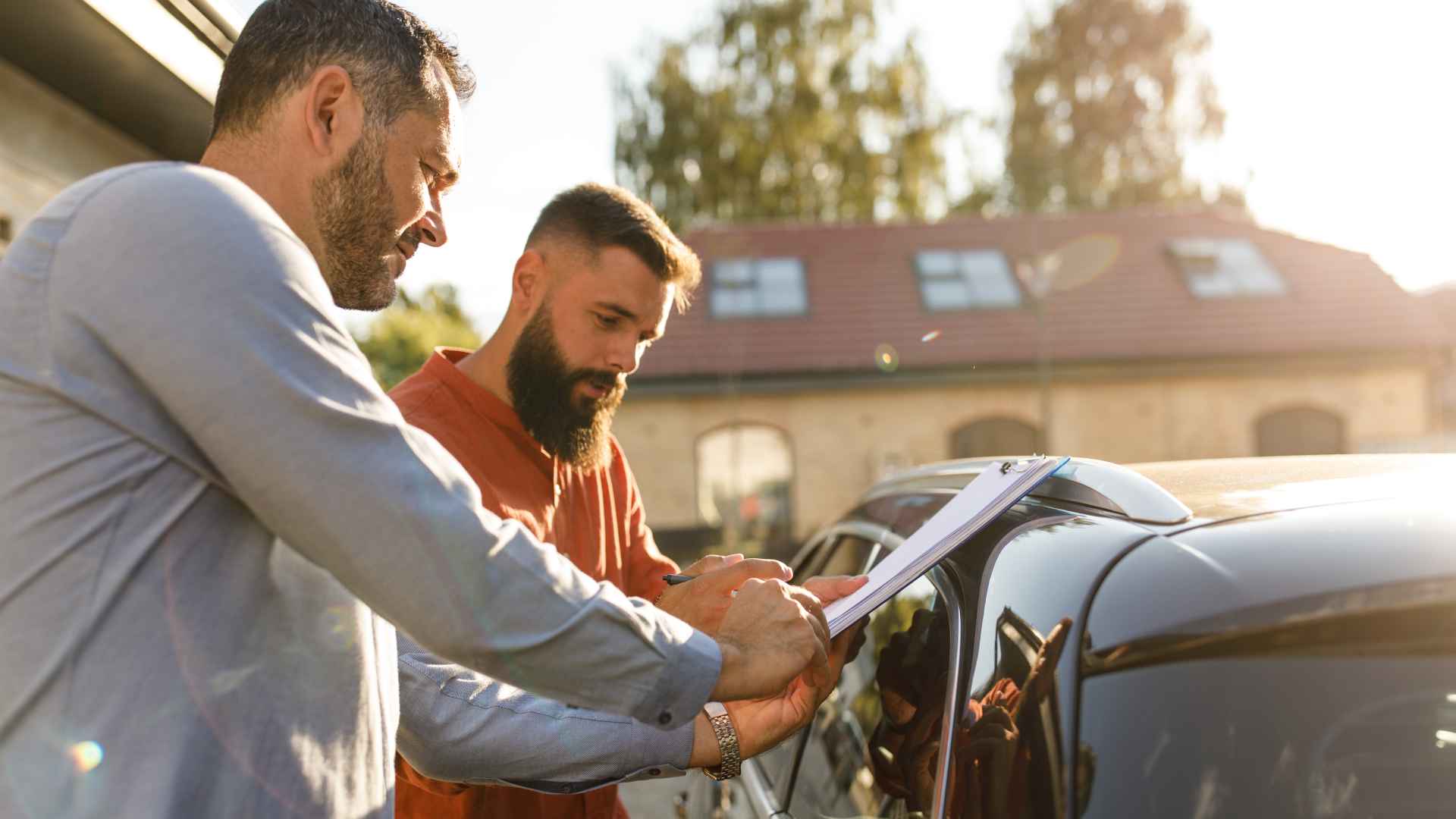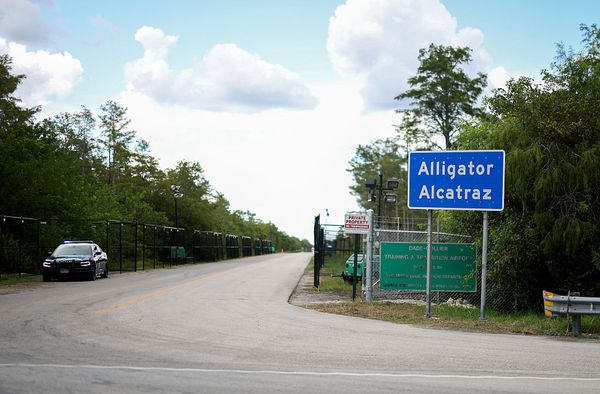
Buying a used car can save you a ton of money, but it can also lead to nightmare scenarios. You don’t want to drop thousands or tens of thousands, on a vehicle only to find out it’s been in a huge accident or in a flood.
Read Next: The 5 Car Brands Named the Least Reliable of 2025
For You: 10 Used Cars That Will Last Longer Than the Average New Vehicle
Accidents are easier to discover up front. Flood damage, in contrast, can hide in plain sight. A car might look amazing at first glance. But with deeper inspection, the glitz and glamour start to fall apart. For help with that deeper inspection, we turned to experts Patrick Peterson from goodcar.com and Julie Bausch Lent, managing editor at CarTalk.com — below is what they had to say.
Also here are nine cars a mechanic would never buy.
Take Your Time on the Inspection
One of the biggest mistakes you can make when buying a used car is to rush the process. It will almost always come back to get you. “Checking a used car for floor damage involves being able to do a detailed, concentrated inspection of the car. There are a few simple steps to take before you get that far,” Lent said.
Check Out: 2 Reasons New Car Prices Will Crash in 2025
Get the CarFax
The first thing you should do anytime you’re buying a used car is check the CarFax report. It will reveal any major motor vehicle accidents the car’s been in. And if the car endured a flood, it may also show up on this report.
“Look for salvage or flood branding, but don’t rely on it entirely. Many vehicles get through because of title-washing across state lines. Just because the report is clean does not mean the vehicle is,” Peterson explained.
So, yes, getting the report is an important first step. But it’s not the only step.
A Visual Inspection Should Include Rust and Crust
Your first inspection of the car will be a visual look at the exterior. Walk around the car and look for any visible rust. Lean down and look under the car as well.
“A little rust on the undercarriage is normal for older cars, but rust on seat tracks, door hinges, fuse box screws or dash brackets indicates moisture intrusion. That is not surface-level stuff; it is exposure,” Peterson said. “Check the dash brackets, door hinges and screw heads under the seats; if any of them are rusted or mismatched (e.g., new screws in old holes), it means the car has been opened up and cleaned following a flood.”
And then, of course, it’s time to pass.
Smell It
Your inspection won’t just include a visual pass, of course. It should also involve your other senses.
Namely, trust your sniffer. “Check the trunk for a musty smell or residue. Make sure to lift the lining of the trunk and check under it. Check under the spare compartment, if your car has this,” Lent said.
“Mold has a distinct odor. If the car smells musty or strongly resembles an air freshener, it’s a red flag,” Peterson explained. “Sellers try to cover it up with air fresheners or new upholstery, but the mildew odor remains. It hides in seat cushions and carpet foam.”
Lift up carpets and liners, sit in the car with the doors and windows closed and take a deep breath. If you detect mold or mildew, get out of the car and run. It’s probably got flood damage and you don’t want that.
Look for Mold and Condensation
You can also get a visual bead on any mold, mildew or condensation. Lent advises you to look for visible signs of mold while you’re lifting, picking and pulling.
Peterson took it one step further. “Fogged-up lenses or water beads inside light housings indicate that water entered and remained. These assemblies are tightly sealed from the factory. If there is moisture in the car, it was most likely submerged in water,” he said.
Be careful of any signs of water infiltration in all the systems in the car. They’re causing damage you can’t see right now.
Check the Seatbelts
Another spot to look for water damage is along the seatbelts. “Pull the seat belts all the way out and inspect the very end of the strap. If you see brown water stains or mildew deep inside the spool, it was most likely wet,” Peterson said.
It’s a sneaky way to hide water damage, but it’s easy to check.
Examine the Oil
Peterson goes on to warn about the effects of flooding on the oil system in the car. If you’ve got water in your engine, the car is in bad shape and headed into worse territory fast.
“Examine the fluid using the oil dipstick. If it’s milky, cloudy or too clean, there could be water in the engine or a hasty fluid change attempting to conceal it. Oil and water do not mix well and can cause significant damage,” Peterson explained. “The same is true for the transmission fluid and brake fluid caps. Look for unusual textures or off-colored liquid.”
You want oil that is rich and clear. Anything outside of that is a sign of trouble.
Test the Electronics
One area people might not consider double-checking is the electronic system. You start the car, turn on the overhead light, check the headlights and brake lights and figure everything is fine.
Peterson said to think twice about that. “Test everything: radio, air conditioning, wipers, power windows, door locks, remote key, lights and dashboard. Cars that have been flooded may appear in good condition. Until they don’t. And when one thing fails, the others usually follow,” he said.
He also reminded to check wiring for crust, cracks and frays, which means exposure to water. So turn them all on and off twice to make sure there’s no glitching and shorting out. You don’t want the trouble that follows a frayed electrical system.
Be Skeptical of Mismatching Information
Peterson also said you can look beyond the basics to mismatched information. For example, if the headlights are brand new but the brake light has some condensation, you have to wonder why.
“What if the undercarriage is clean but the engine bay is filthy? That’s another mismatch worth investigating,” he said.
The bottom line: if something smells fishy, it probably is. Walk away and look for another car.
Don’t Jump at the Price
Finally, be wary if the price seems too good to be true. It probably is. For all the talk sellers might give you about how they just want to get rid of the car, they’re dropping that price for a reason. And it’s probably not a good one.
“Flood cars are more affordable, which is appealing. However, the true cost emerges later: failed modules, shortened computers and endless diagnostic bills. Most insurance companies will not cover flood damage after the car is resold,” Peterson said.
And in the end, Peterson offered a last bit of advice. “Consumers who want to avoid buying a flood-damaged car can use Carfax’s free Flood Check tool. Used car shoppers can also get a free Carfax vehicle history report on Carfax car listings from Carfax.com to see if a vehicle has a record of water damage,” he added.
Basically, use all the resources at your disposal to cover your bases. You’re always going to be better off doing your due diligence, even if it takes more time up front.
More From GOBankingRates
- New Law Could Make Electricity Bills Skyrocket in These 4 States
- I'm a Self-Made Millionaire: 6 Ways I Use ChatGPT To Make a Lot of Money
- 5 Strategies High-Net-Worth Families Use To Build Generational Wealth
- 10 Unreliable SUVs To Stay Away From Buying
This article originally appeared on GOBankingRates.com: How To Spot a Flood-Damaged Car Before You Buy







